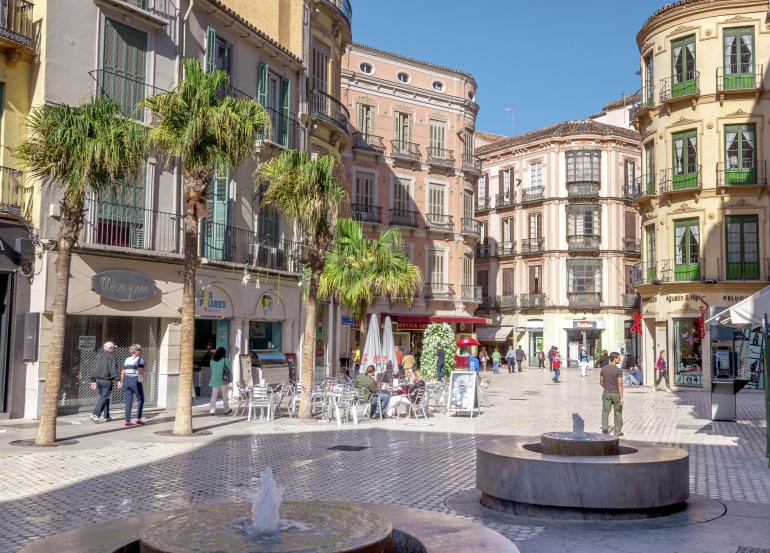
- September 29, 2015
- Buying property, Costa del Sol information
- No Comments
Málaga property and living
Málaga is the second largest city of Andalusia and the sixth largest city in Spain. The city has about 570,000 habitants and is situated on the Mediterranean Sea, on the Costa del Sol, just 100 kilometres from the Strait of Gibraltar. Málaga is surrounded by mountains, the ‘Axarquía’ and is crossed by two rivers – the Guadalmedina and the Guadalhorce. The inhabitants of Málaga are known as’ Malagueños’. They are sometimes also referred to as ‘boquerones’ (sardines).
Málaga climate
The city has a Mediterranean climate but is not affected by extreme heat. In the summer the temperature is around 30 degrees. The winters are often mild with temperatures around 20 degrees – making it lovely to stay and live in Málaga all year round.
About Málaga
Málaga is a city with a long and turbulent history. The city probably originated from a settlement around 1000 BC and was founded by the Phoenicians. The city was then known as ‘Malaka’. During the reconquering by the Spanish Catholic Kings the Moors built a number of defence towers around Málaga. The reconquering of Málaga was slow and led to many fatalities. The city had only 1,000 Spanish people remaining when the construction of four Catholic churches started: San Juan, Sagrario, Santiago and Santos Mártires. In 1585 the port was revived and a dike was built in order for the port to be expanded. The port became increasingly important in 1791 and got its own customs building.
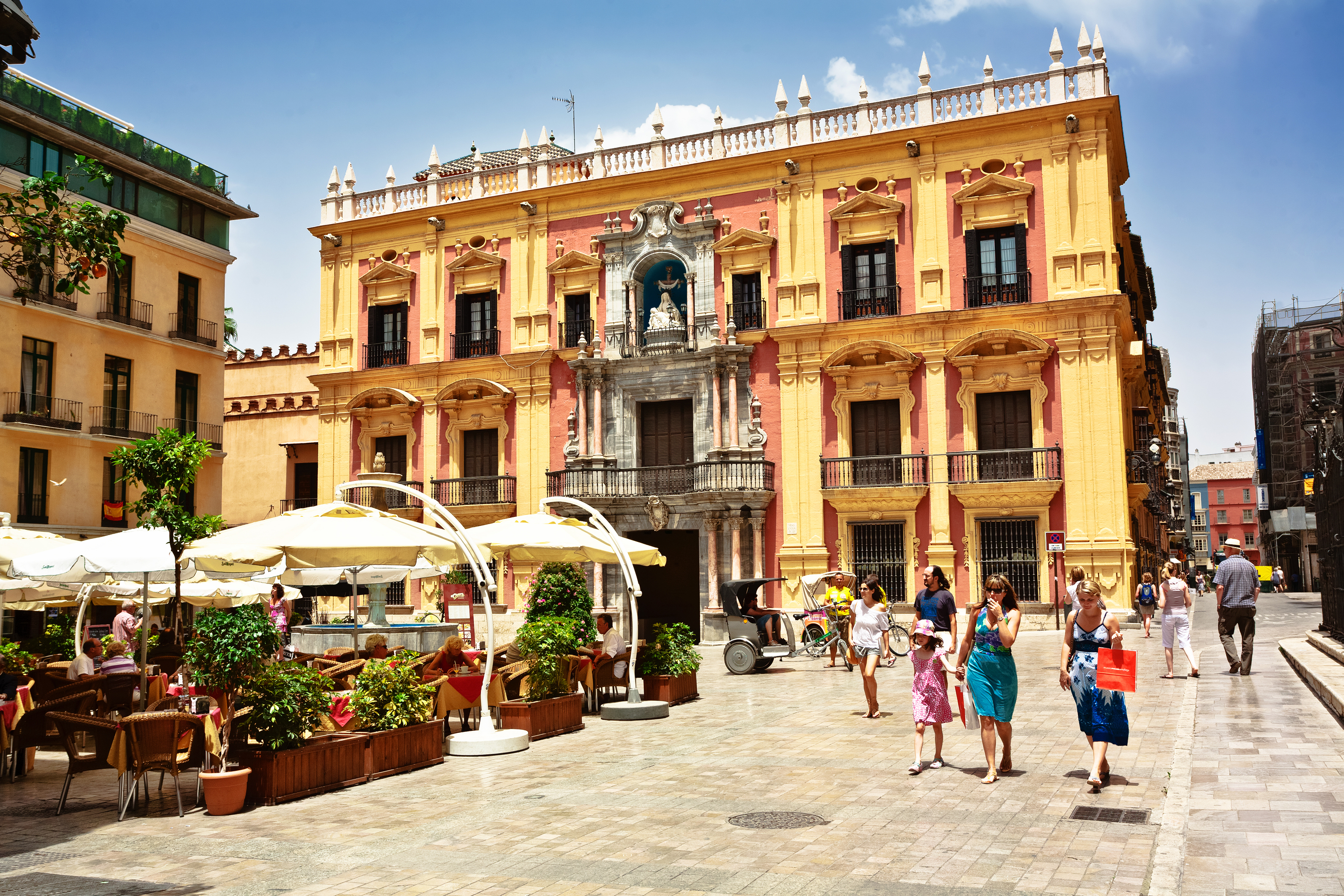
During the industrial revolution Málaga was the most important industrial city in Spain, even more important than Madrid and Barcelona. In the 19th century, Málaga was also an important centre of liberal political ideas. In 1865 the railway to Córdoba was built and in 1891 the street Calle Marqués de Larios (see photo) was built. Nowadays this is a well-known shopping street in the historic centre. In 1919 Málaga airport was opened. A few decades later, the city profited enormously from an increase of tourism on the Costa del Sol. After the fall of the Franco regime Málaga has risen to become one of the economic centres of Spain. Since 2000 the city has an important position in cultural and economic terms. Economically even half the trade of Andalusia comes from Málaga and it is expected that the city shall continue to grow after the expansion of the airport, the new connection to the high-speed train to Madrid and the construction of the metro.
Sights in Málaga
There is much to do in Málaga. The town is in itself an experience and it’s wonderful to stroll or shop in the old city or in the revamped port area. Málaga could well be explored on foot but also by bike or segway. Through its long history, Málaga offers many architectural highlights, including:
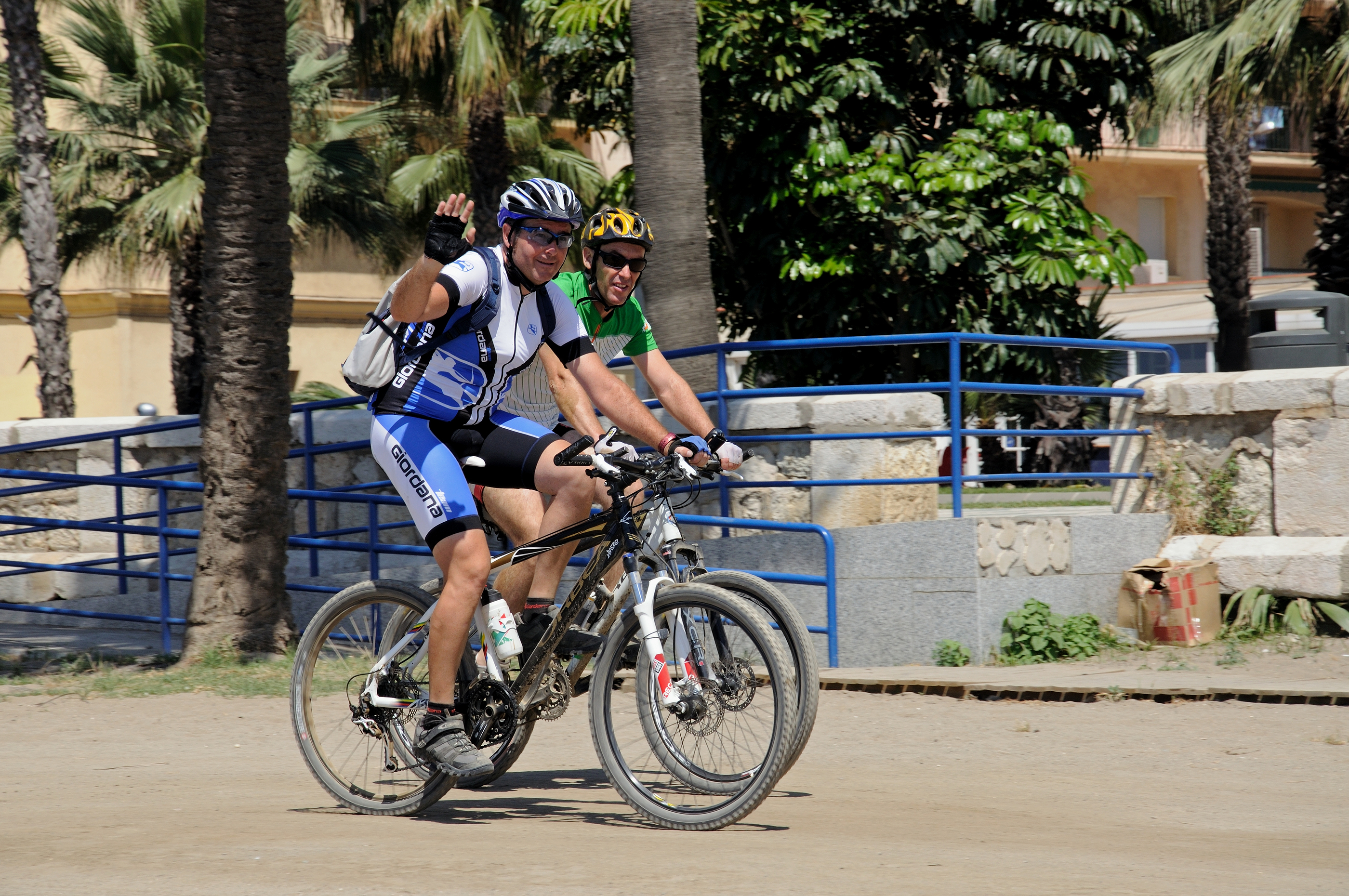
- Alcazaba, the Arabic fort. This is a fortress built in the eleventh century by the Moors and was used as a palace.
- Castillo de Gibralfaro, the castle on the hill Gibralfaro overlooking the city and sea. It was built in the fourteenth and fifteenth century to defend the Alcazaba.
- Catedral de Málaga. This cathedral exists since 1528 and was built on the foundations of an ancient mosque. In 1782 the construction was stopped while the right tower was not finished. Malagueños therefore call the cathedral ‘La Manquita’ (the one-armed lady). In front of the cathedral a square with sunny terraces can be found (see picture).
- Jardín de la Concepción. The botanical garden.
- The famous painter Pablo Picasso was born in Málaga. His birthplace is still open for visitors at the stately Plaza de la Merced, where you will also find a small museum. Nearby the Picasso Museum is located. The museums in Barcelona and Paris show his more famous works, but here you will see works that no other museum has ever exhibited.
- In spring, daily processions are held during Semana Santa, the holy week before Easter. This event attracts hundreds of thousands of interested people to the downtown area.
- In August the nine day feria takes place – during the day in the city and at night at the feria grounds outside the city. The party continues until the sun rises.
- The city is located on the Costa del Sol and therefore has its own sandy beach with lots of nice restaurants and bars.
- Don´t forget to visit the Mercado Atarazanas. The market building is divided into three large halls. One for meat, one for fresh fish and one for fresh fruits and vegetables. Additionally, you can also buy herbs, cheese and nuts in this market.
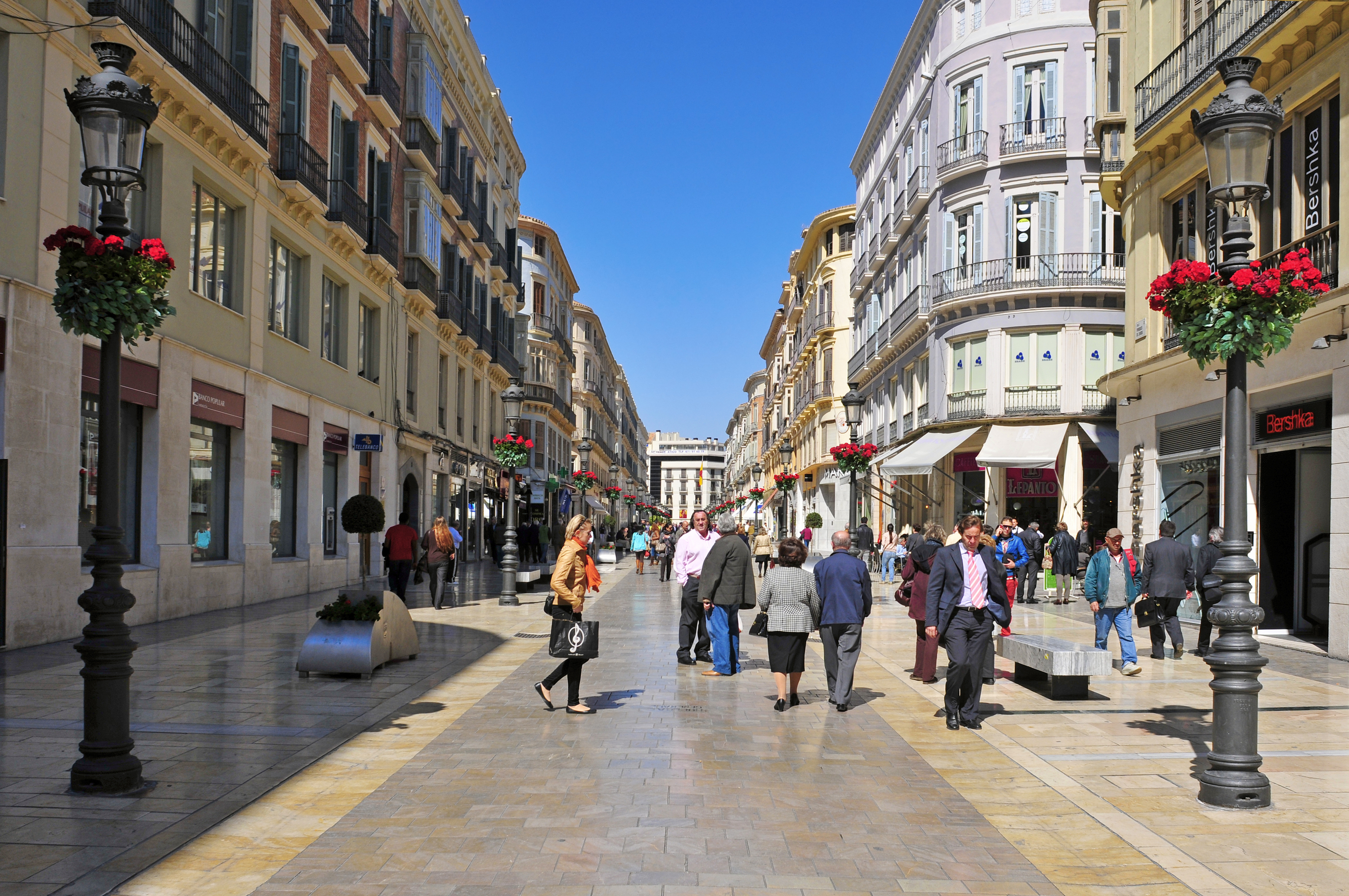
Furthermore the following museums can be found in the city:
- Museo Carmen Thyssen
- Centro de Arte Contemporáneo
- Museo de Bellas Artes
- Museo Municipal
- Museo Interactivo de la Música
- Museo de Artes y Tradiciones Populares
- Museo Císter
- Museo Catedralicio
- Museo Taurino Antonio Ordoñez
- Museo del Vino. Málaga is known for excellent, often sweet wines and dessert wines. Pedro Ximenez is one example. In this wine museum experts will tell you all about it and you can of course enjoy an extensive wine tasting.
Property in Málaga
Are you looking for a detached villa, a penthouse, an apartment, a (semi-detached) townhouse or for example an authentic finca or cortijo in or near Málaga? Then search our database of 20,000 properties or contact us for a free property search to find the perfect property for you. We are happy to assist you.

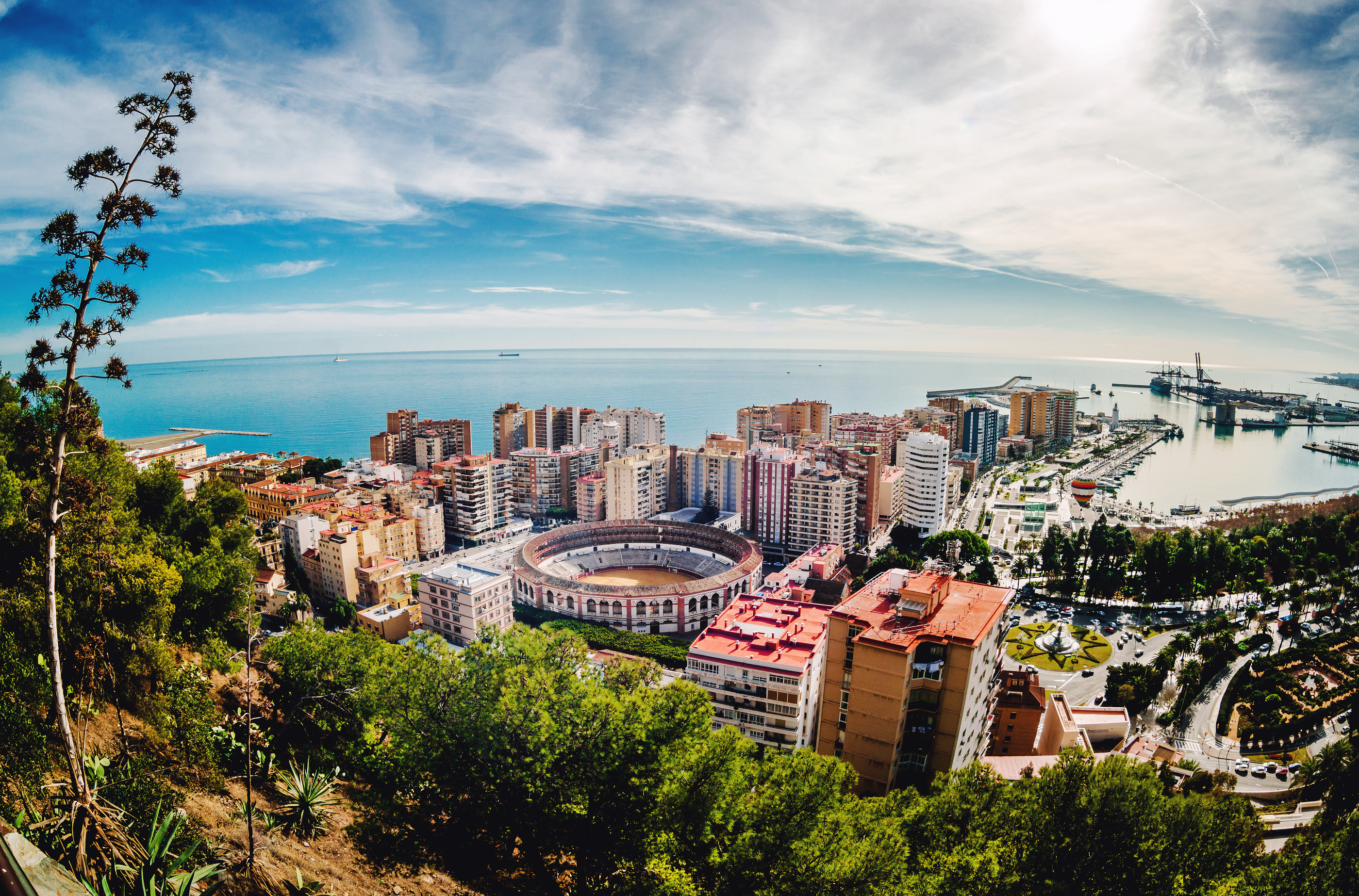




No Comments